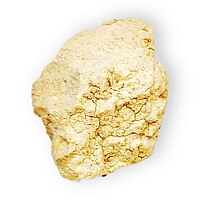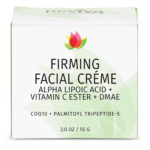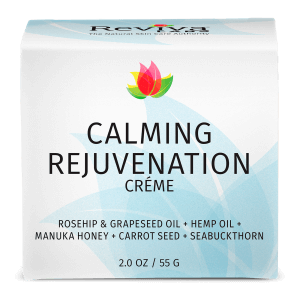Hectorite
Hectorite is a naturally occurring mineral belonging to the smectite clay family, characterized by its remarkable ability to absorb moisture, oils, and impurities. Commonly sourced from volcanic ash and frequently appearing as a creamy or off-white powder, hectorite is prized in cosmetic formulations for its excellent thickening and stabilizing properties. It acts as a viscosity-controlling agent, making it particularly valuable in skincare and body care products, where consistency and texture are crucial.
When incorporated into skincare products such as facial masks, cleansers, and creams, hectorite enhances texture by providing smooth spreadability and imparting a luxurious feel. Its high absorbency makes it effective at removing excess oil from the skin surface, thus benefiting oily or acne-prone skin types by minimizing the appearance of pores and improving overall skin clarity. Hectorite also creates a soothing sensation, helping calm sensitive or irritated skin.
Cosmetic formulators appreciate hectorite for its ability to suspend active ingredients evenly throughout a product, ensuring consistent distribution of beneficial components during application. This property not only enhances product performance but also helps maintain stability, preventing ingredients from settling or separating over time. When used in emulsions such as creams or lotions, hectorite contributes to a silky, luxurious texture that consumers find appealing.
In addition to cosmetic applications, hectorite has uses in various industrial sectors due to its versatility. It is utilized in industries ranging from ceramics manufacturing to drilling fluids, thanks to its unique thixotropic behavior—meaning it thickens upon standing but liquefies upon agitation or pressure.
In skincare, specifically, Reviva Labs includes bentonite—another member of the clay family closely related to hectorite—in several of its facial masks, highlighting the broader skincare industry’s preference for natural clay ingredients for purification and oil absorption. Hectorite and similar clays continue to gain popularity in natural skincare formulations due to consumer demand for safer, effective products free from harmful synthetic chemicals.
Professionals seeking ingredients with proven safety profiles will find that hectorite fits seamlessly into modern formulations. Its gentle yet highly effective performance ensures that it complements a broad range of skincare products—from facial masks and cleansers to creams and serums. For consumers, the inclusion of hectorite in products signals a commitment to natural, effective ingredients that deliver visible, tangible results.
Thus, hectorite is not merely an ingredient but an indispensable tool for achieving stable, pleasant, and high-performing skincare formulations, enhancing not just the aesthetic appeal but also the user experience of personal care products.
Hectorite is a rare soft, greasy, white clay mineral with a chemical formula of Na0.3(Mg,Li)3Si4O10(OH)2.
| Hectorite | |
|---|---|
 Hectorite from California | |
| General | |
| Category | Phyllosilicates Smectite |
| Formula | Na0.3(Mg,Li)3Si4O10(OH)2 (empirical: Na3(Mg,Li)30Si40O100(OH)20) |
| IMA symbol | Htr |
| Strunz classification | 9.EC.45 |
| Crystal system | Monoclinic |
| Crystal class | Prismatic (2/m) (same H-M symbol) |
| Space group | C2/m |
| Unit cell | a = 5.25 Å, b = 9.18 Å c = 16 Å; β = 99°; Z = 2 |
| Identification | |
| Color | White, cream, pale brown, mottled |
| Crystal habit | Thin laths and aggregates |
| Cleavage | [001] Perfect |
| Fracture | Uneven |
| Mohs scale hardness | 1–2 |
| Luster | Earthy to waxy |
| Streak | White |
| Diaphaneity | Translucent to opaque |
| Specific gravity | 2–3 |
| Optical properties | Biaxial (−) – 2V small |
| Refractive index | nα = 1.490 nβ = 1.500 nγ = 1.520 |
| Birefringence | δ = 0.030 |
| References | |
Hectorite was first described in 1941 and named for an occurrence in the United States near Hector (in San Bernardino County, California, 30 miles east of Barstow.) Hectorite occurs with bentonite as an alteration product of clinoptilolite from volcanic ash and tuff with a high glass content. Hectorite is also found in the beige/brown clay ghassoul, mined in the Atlas Mountains in Morocco. A large deposit of hectorite is also found at the Thacker Pass lithium deposit, located within the McDermitt Caldera in Nevada. The Thacker Pass lithium deposit could be a significant source of lithium.
Despite its rarity, it is economically viable as the Hector mine sits over a large deposit of the mineral. Hectorite is mostly used in making cosmetics, but has uses in chemical and other industrial applications, and is a mineral source for refined lithium metal.









